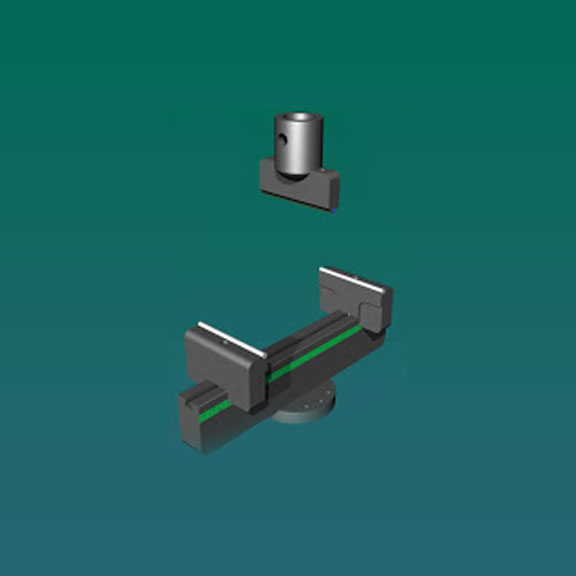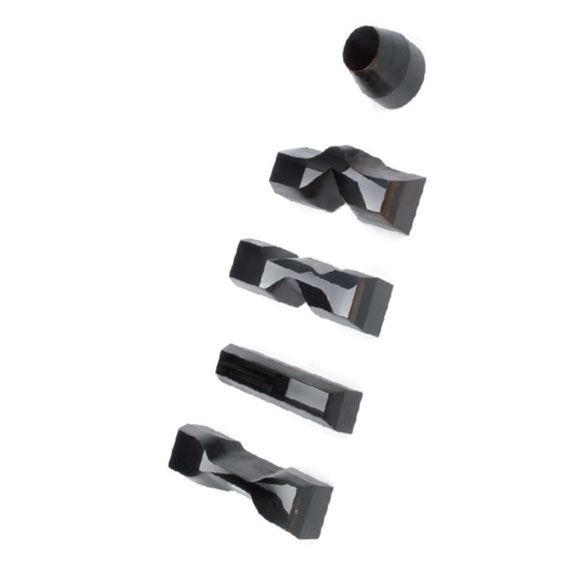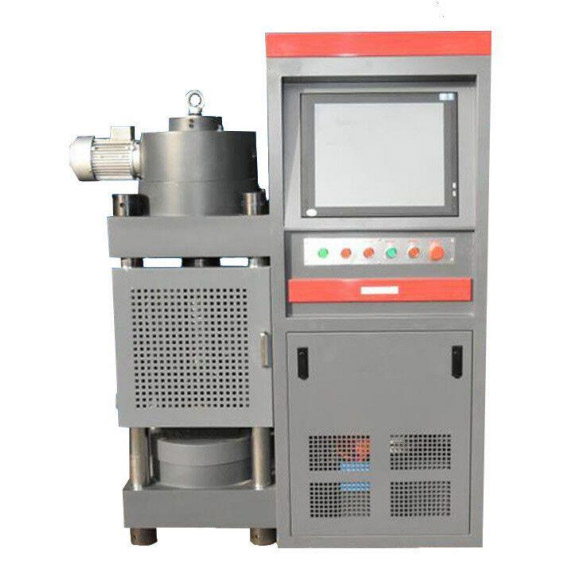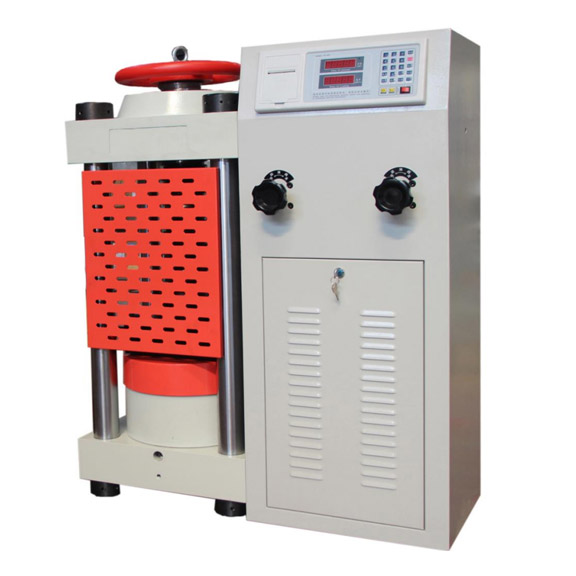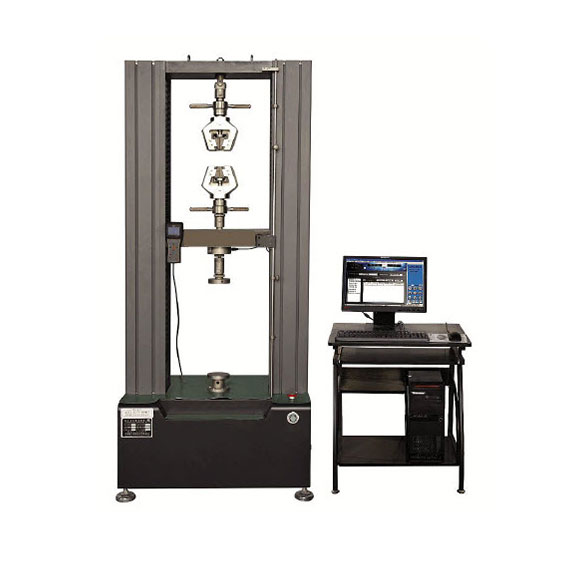What is UTM Calibration?
UTM calibration involves adjusting and verifying the performance of Universal Testing Machines, which are used to test the tensile and compressive strength of materials. By ensuring these machines are calibrated correctly, manufacturers can trust the data they gather, which informs decisions on material quality and suitability.
The Importance of Regular Calibration
Think of UTM calibration as your morning routine; just as you wouldn’t head to an important meeting in yesterday’s clothes, precision machines shouldn’t operate on outdated settings. Regular calibration keeps your machines not just running, but running correctly, thus ensuring the validity and repeatability of your material testing results.
Key Components in UTM Calibration
Understanding Machine Mechanics
A Universal Testing Machine is a complex beast, but at its heart, it measures force and displacement. The calibration process ensures these measurements are accurate by comparing them against known standards. This involves various components like load cells, which require precise handling and regular checks to maintain their integrity and performance.
Strain Gauge: A Closer Look
Strain gauges are critical in the calibration process. They measure the deformation (strain) of an object when a force is applied, providing vital data that helps in understanding material behaviour. Proper calibration of strain gauges ensures that their sensitivity and accuracy are maintained, directly affecting the overall accuracy of the UTM.
The Process of UTM Calibration
Step-by-Step Calibration
The calibration process can be broken down into a series of methodical steps, starting from a pre-check of the machine for any obvious issues to the detailed assessment of its mechanical components. This includes setting the machine to its zero point, running it through its paces, and adjusting as necessary to meet the required standards.
Who Performs the Calibration?
Calibration is not a do-it-yourself kind of task. It requires skilled technicians who understand the intricacies of the machines and the standards they must meet. These professionals use their expertise to not only adjust the machines but also to spot potential issues before they become major problems.
Challenges in UTM Calibration
Adapting to Material Variability
No two materials behave exactly the same way under stress, which introduces a layer of challenge in calibration. The technician must account for these variations to ensure that the machine can accurately test a wide range of materials. This adaptability is crucial in industries where material properties can significantly impact the quality and safety of the final product.
Environmental Considerations
Even the environment in which a UTM operates can affect its calibration. Variables such as temperature and humidity can influence material properties and machine performance. Thus, part of UTM calibration is ensuring the machine can deliver accurate readings under varying environmental conditions.
Best Practices in UTM Calibration
Regular Schedule
Set a calibration schedule that reflects the use and importance of the equipment. High-use or critical machines may need more frequent checks to maintain their accuracy and reliability.
Record Keeping
Detailed records of each calibration session provide a valuable history of the machine’s performance and can help in diagnosing future issues. These records should be meticulous and comprehensive, offering insights into the machine’s operational integrity over time.
Continuous Training
Technicians must keep up with advances in both the technology they calibrate and the standards they adhere to. Continuous training is essential, ensuring that the skills needed to perform UTM calibration evolve alongside the machines and materials they assess.



